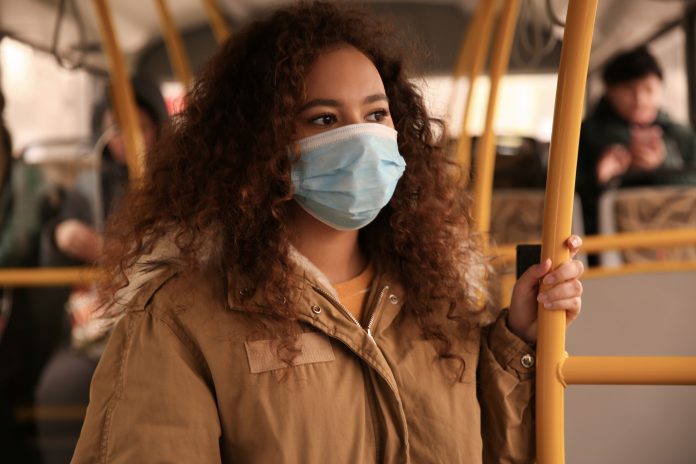James Horseman, Company Director of Horseman Coaches, explores how transport health and safety can be handled the right way as students begin to go back to school
Just a few months ago, UK schools went into full lockdown as the Coronavirus pandemic swept across the nation. What seemed like a long road to recovery has accelerated in a matter of weeks. Today, as students enjoy the freedom of summer holidays, school staff and their service providers are working hard to make their sites and facilities safe, as they plan to welcome students back in September.
One area that must not be overlooked is student transport. Due to the very nature of public travel, the providers of school coach and bus services are faced with huge difficulty as they take every measure to comply with the necessary safety standards. Where many students rely on bus and coach services to travel to and from school, the pressure is on for transport companies to take every measure to ensure the most COVID-secure vehicles possible and keep staff and students safe.
With this in mind, there are some essential steps that transport companies must proactively take to protect the health and safety of every pupil that steps onto their vehicles each day. Certainly, measuring against this criteria will help school administrators determine whether their transport services provide a safe return to education for their students come September.
Best-in-class health and safety solutions
It may sound obvious, but the health and safety of travelling students and their drivers is by far the largest priority. Getting this right includes an extensive set of necessary processes, such as enhanced cleaning regimes, safe boarding procedures, remote monitoring and many more safety features, to protect staff and passengers as they return to public transport.
Making a vehicle COVID-secure after every use requires time, effort and expertise. It also includes a vast range of safety and sanitation initiatives, such as:
- Regular staff temperature screening
- On-board hand sanitiser stations on every vehicle
- Reduced seating capacity to ensure social distancing
- Controlled boarding procedures to avoid crossing paths
- Sterilisation before and after each passenger journey
- Daily antibacterial atomising (fogging)
- Daily monitoring of CCTV to ensure regulations are being enforced
As we’ve seen of late, COVID-19 is an unpredictable virus that can only be fought with stringent safety precautions. With students often travelling in close proximity on schools and even public buses, transport services cannot afford to cut corners and have a duty of care to every passenger. This is not a situation to play on chance, but one that requires a careful approach with the correct blend of diligent procedures that will ensure the safety of students and staff.
Instilling confidence in your customers
The second crucial element to safe and successful student transport during COVID-19 is ensuring that passengers and their families feel comfortable in using your services. Without the confidence from students, parents and staff, these transport services will be avoided as families pursue other forms of travel which minimise the number of people mixing during the journey.
Long-serving companies, with a history in delivering excellent and reliable transport services, are in a great position to tackle the lack of confidence brought on by the pandemic, as are those being accredited for their safety measures. For example, companies that have worked to achieve the ‘We’re Good To Go’ COVID-19 industry standard demonstrate their commitment to providing safe transport for all passengers and staff, by upholding standards set by the Government and Public Health England.
Whatever their position, size or stature, school coach and bus providers must work towards building national recognition of compliance, thus giving students and parents the peace of mind that they can travel safely during the pandemic.
Maintaining consistency in service and attitude
Implementing every safety measure just to simply ‘tick the box’ and get underway will prove pointless – and hugely dangerous – if you’re not able to maintain them. Ensuring consistency throughout your entire transport ecosystem will further increase protection and confidence. This includes the consistency of vehicle, driver and passengers, creating a bubble of safety for all.
To achieve this, best practice training for staff and drivers must be provided to ensure that everyone is fully aware of the processes and how it could impact the spread of the virus if they are compromised. Schools can also take precautions by informing their students and parents on the procedures put in place, well in advance of September. When the entire community understands the ‘rules’ and why they are in place, the tendency to cut corners or let the processes fall by the wayside will be minimised as the school year progresses.
The road to recovery was never going to be easy. Getting students back in school is a huge priority for schools, governing bodies and parents alike, and doing this safely is a challenge not to be treated lightly. With so many students relying on public transport and coaches services to get to school, the onus is on educational institutions to partner with the right providers that can get them there, on time and safely.
Though the not-so-distant future still seems uncertain, the safety of our students must never be compromised, and will not if the correct practical measures and mindsets are instilled today.











